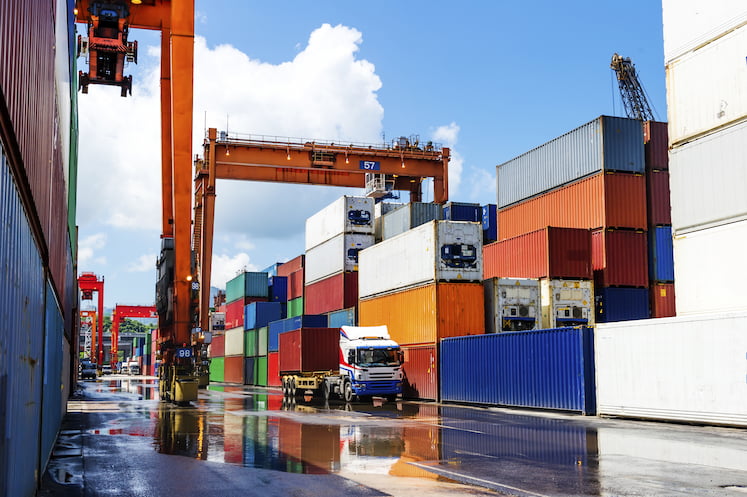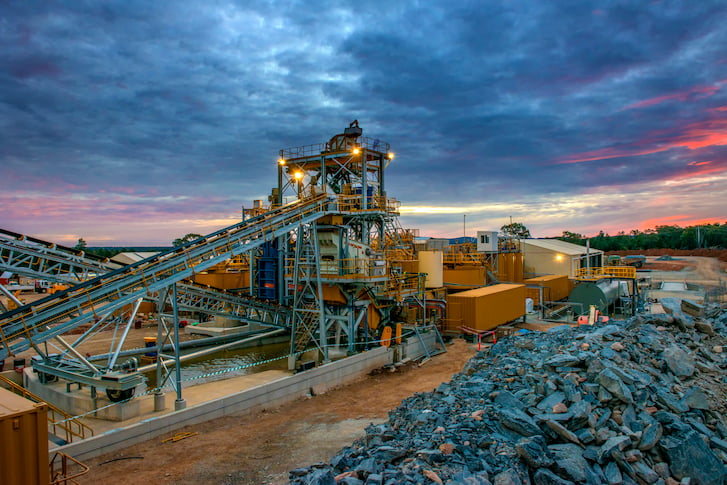A value chain can help a business stay ahead of the pack by looking at ways to increase the value of their products to the end user.
The term is used to describe the process by which businesses receive raw materials, add value to the raw materials through various methods to create a finished product, and then sell the finished product to customers.
Brett Ozanne, who is the Modifications Manager at Sea Containers WA, says his company would not have much of business if all they did were buy and sell shipping containers.
Instead, he says Sea Containers uses the virtues of a robust and versatile container and fits them out to transform them into houses, bars, bistros, cafes and more.
Ozanne says people sometimes confuse supply chain and value chain.
“Supply chain has historically addressed issues of logistics and the flow of materials, flow of information, flow of money. Value chain focuses on who gets the value in the chain, which creates value, who captures value, where is the value created, and how do you coherently think about that.
“Thinking about the value chain is more about asking how we can change the competitive landscape, and improve our competitive advantage, through the design of our entire end-to-end value chain.”
Ozanne says a business can design its value chain by starting with a base product it can have confidence in selling on its own then building on its natural virtues.
“You can’t get much better than a shipping container as a base product because they are virtually indestructible making them ideal for just about any environment. Then it is just a matter of communicating with your customers to find out what they need and then identifying items that can be added to the base product to add value.”
Ozanne’s value chain checklist:
- Inbound logistics are the receiving, storing and distributing of raw materials used in the production process.
- Operations are the stage at which the raw materials are turned into the final product.
- Outbound logistics are the distribution of the final product to consumers.
- Marketing and sales involve advertising, promotions, sales-force organisation, distribution channels, pricing and managing the final product to ensure it is targeted to the appropriate consumer groups.
Continuous improvement activities should be:
- Procurement efficiency – looking for ways to reduce the costs of raw materials and freight.
- Research and development – when you are onto a winning idea your competitors are going to copy you, so you need to improve your offering continually.
- Retain your intellectual property – make sure you keep the people that helped with your initial success involved in your business, rather than your competitions.






